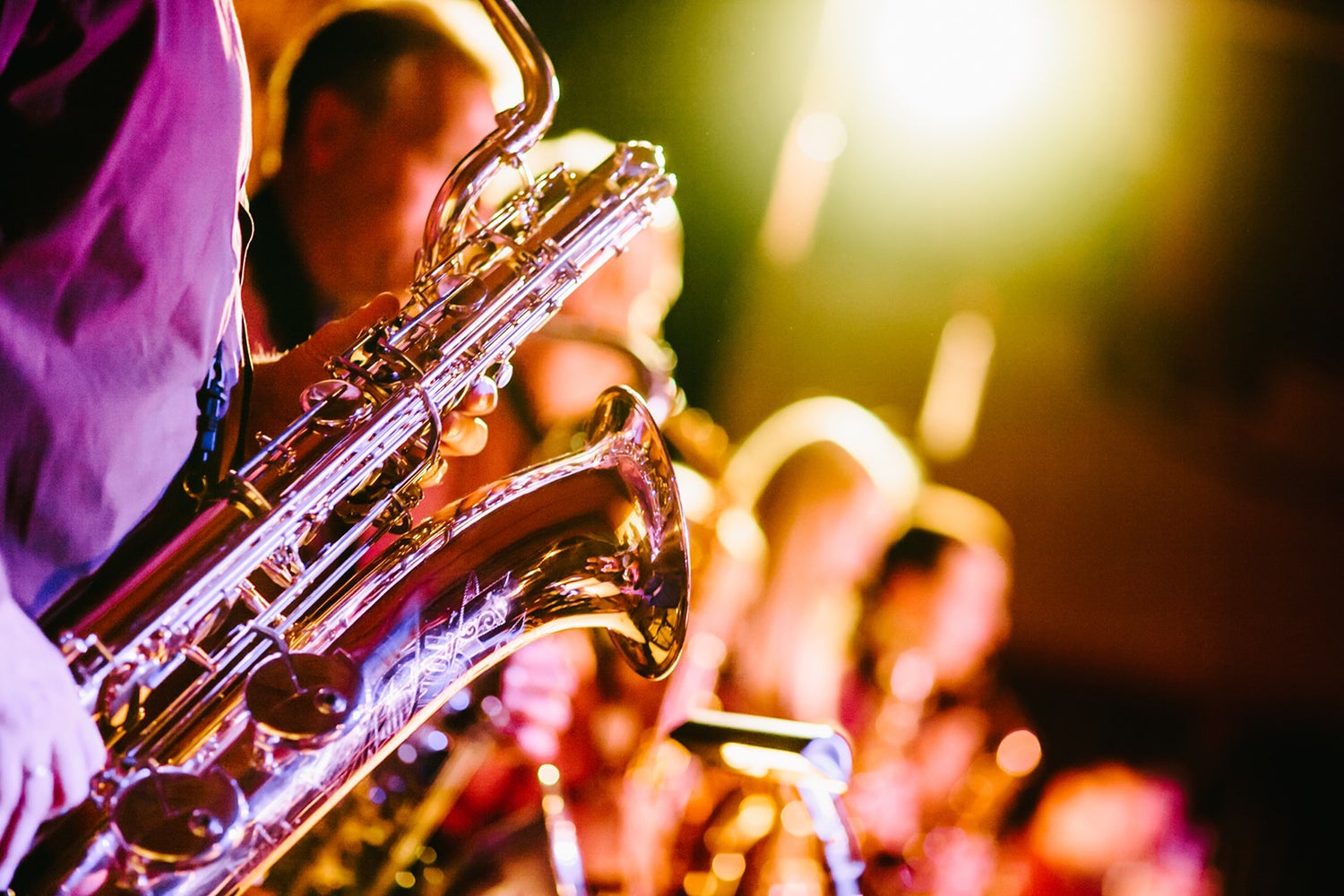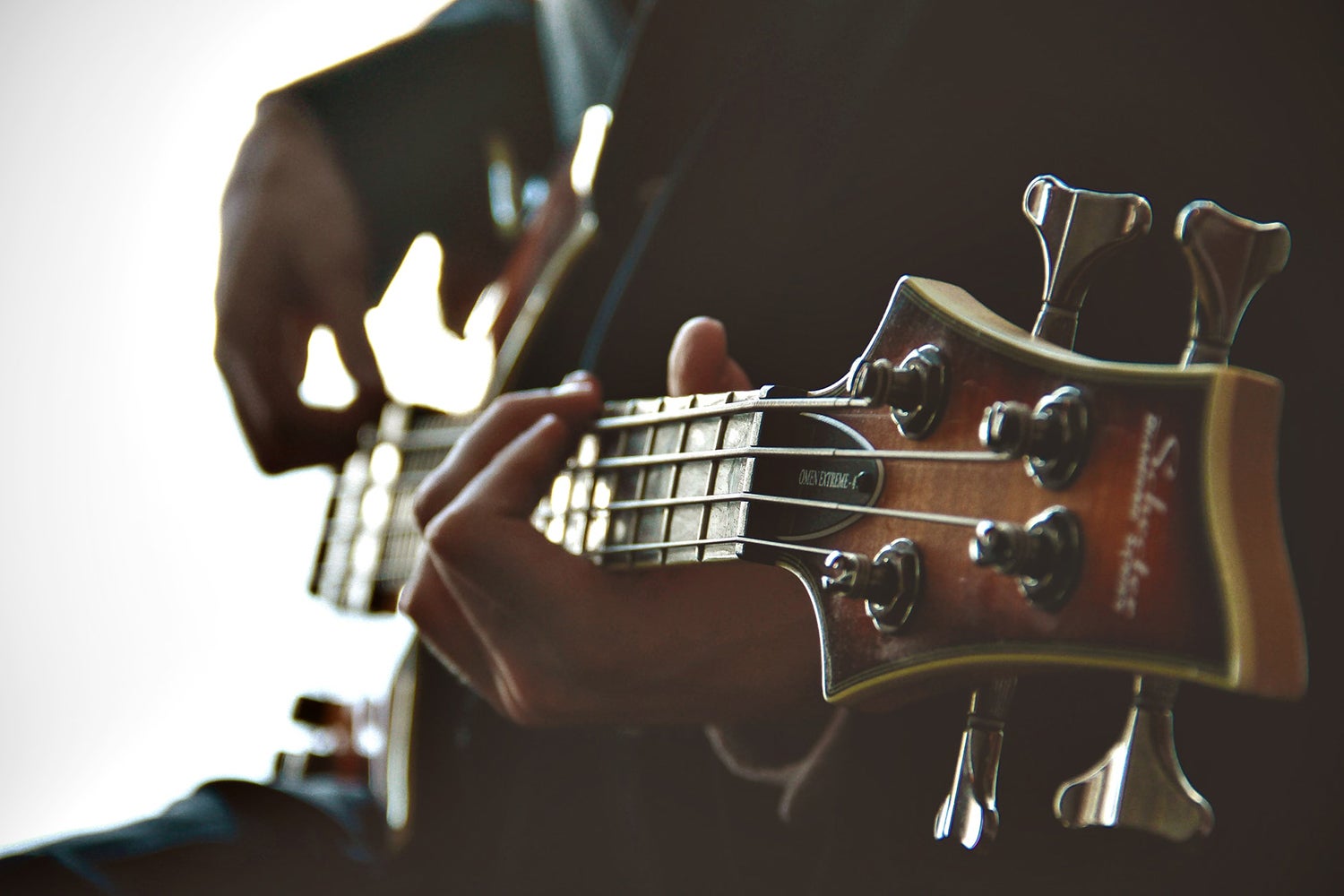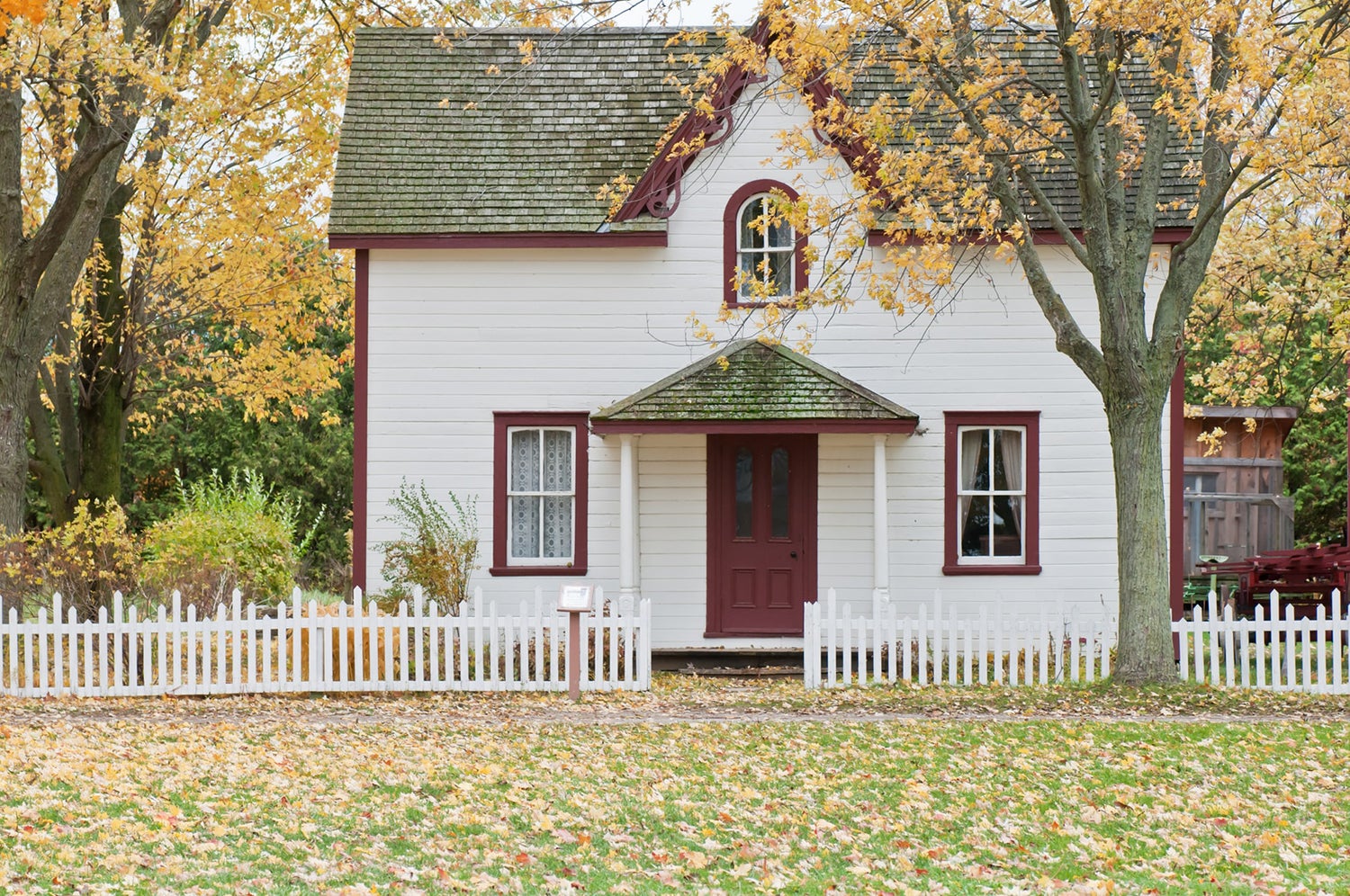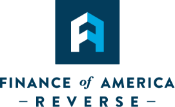The playlist of my life contains two parts; the first part did the heavy lifting in terms of impacting my growing world view and social awareness, while the second part shifted toward blues and soulful rock. Together, these playlists of my life formed my fundamental emotional, intellectual, and physical reactions to the music. I return to this music time and time again when I’m exercising, doing housework (I do my share), cooking (I’m the main cook even though my wife is a better one), gardening (I don’t do my share), and just sitting around listening. Music remains a big part of my life and still influences how I view the world.
During the period I wrote about in Part 1, I was captivated by electric Dylan, folk-rock, and the soul music recorded in Muscle Shoals, Alabama, and Memphis, Tennessee. And while this was going on, someone (I forget who) turned me on to the San Francisco/psychedelic music scene. I was an undergrad during the summer of love (I was 3,000 miles away studying migrant labor in upstate New York, part of a project developed by one of my professors). So I never go close to the scene but certainly got close to the music (when I eventually did go west, in 1970, the hippie thing had peaked, and even if I had tried to become a hippie, it would not have worked out. I am not mellow most of the time).
Anyway, I really liked Jefferson Airplane, Moby Grape, Big Brother and the Holding Company, Mother Earth and Jimi Hendrix. I enjoyed most of their music. The head trippy extended guitar solos never really appealed to me, but the stuff that was more structured touched me in places close to where rock n roll and folk-rock moved me. Hendrix was a mixed bag for me. Although I loved his singing, and I loved the songs that didn’t go off into long, seemingly aimless, guitar solos are among those I listen to regularly these days. The stuff that made him famous was the stuff that appealed to me least (but to be clear, I recognized that he was a genius guitarist). He also helped lead me to Chicago Blues. Although these songs didn’t contribute to my developing social conscience or political views, they brought me a lot of pleasure, so they’re part of the Playlist.
And the songs for Part 5 of the list are:
- Somebody to Love
- White Rabbit
- Volunteers
- Wooden Ships (Jefferson Airplane);
- Omaha
- Murder In My Heart for the Judge
- Naked If I Want To (Moby Grape)
- Down On Me
- Summertime
- Combination of The Two
- Ball and Chain (Big Brother and the Holding Company)
- Down So Low
- Cry On (Mother Earth)
- The Wind Cries Mary
- Fire
- Remember
- Foxy Lady
- Hey Joe
- Red House (Jimi Hendrix)
Red House is my very favorite blues song, and I listen to it at least once a week, and it’s on all the playlists I use for exercise, housework, and gardening. I listen to less intense music when I cook, lest I go nuts with the seasoning.
During this time, I began listening to Chicago Blues. I knew about it and had heard it some, but I got turned on to it in the late ’60s. Besides Hendrix, some of the rock-oriented blues bands, especially the Chicago based Paul Butterfield Blues Band and the Blues Project (whom I saw live many times in Greenwich Village), led me to the real deal Chicago Blues. My favorites were the younger blues players, especially Junior Wells and Buddy Guy, who played together in Junior Wells’ All-Stars Buddy Guy, also performed as a solo act. It didn’t take to long for me to begin listening to Muddy Waters, Howlin’ Wolf, and others, Chicago blues’ first generation. These incredible artists dealt with so much more than the vagaries of the music business, given their race. While they had such a profound influence on American music, their lives were a lot harder than they should have been.
The songs for the playlist (Part 6):
- Born In Chicago
- Walkin’Blues
- Work Song (Paul Butterfield Blues Band)
- I Can’t Keep from Cryin’ Sometimes
- Wake Me, Shake Me
- Where There’s Smoke, There’s Fire (The Blues Project)
- A Man and The Blues
- I Can’t Quit the Blues
- One Room Country Shack (Buddy Guy)
- Stop Breakin’ Down
- Tobacco Road
- You Don’t Love Me (Junior Wells and His All-Stars)
- Hootchie Cootchie Man
- Mannish Boy
- You Shook Me (Muddy Waters)
- Backdoor Man
- Down In the Bottom
- Smokestack Lightning (Howlin Wolf)
I just never warmed up to Led Zeppelin, Fleetwood Mac, and most of the bands and performers, both rock and soul, that were popular during the ’70s and ’80s. However, there were a few, and two of them were as essential for me to musically as the other groups and individuals I’ve already noted. Going back to Fats Domino, I always enjoyed New Orleans based music. There’s just something about it that personifies New Orleans pre-Katrina slogan, “The City that care forgot.” In the 70s, the was a band, the Meters, that took New Orleans rhythm and blues and ginned it up. They morphed into the Neville Brothers Band, and when I heard them for the very first time, they had me.
I’m not a big dancer, but the Nevilles were I think the very first band when I heard them, that left me no choice but to “dance like nobody’s watching,” which is the only way I can dance. That’s why I was not a fan of disco. The music was ok, but I was so turned off by the choreographed aspect of disco dancing that I totally shut it out and began to listen to country music. I was a fan of Hank Williams and Johnny Cash for many years, and Williams’ music had the same visceral effect on me that the 50’s musicians and Dylan had, but I hadn’t listened to much country. I enjoyed country-rock (the Flying Burrito Brothers and then Graham Parsons as a solo act-he had been in the Byrds and helped form the Burritos and others), and I found Emmy Lou Harris around then (the late ’70’s). I reconnected with Willie Nelson and Waylon Jennings too. All of this was much better than disco for me, but none of it had the life-altering dimension of the earlier music. And that makes a lot of sense because, by the time I was in my early 30’s, I was who I am and probably will be, with modifications because, as we all know, life happens.
The songs I would add to the Life Playlist from this period are:
- Cissy Strut
- Cabbage Alley
- Soul Island (The Meters)
- Fire on the Bayou
- Sister Rosa
- Brother John
- The Ballad of Hollis Brown (The Neville Brothers)
- Wheels
- Christine’s Song (Devil in Disguise)
- Sin City (Flying Burrito Brothers)
- Six Days on the Road
- Love Hurts (with Emmy Lou Harris)
- Ooh, Las Vegas (Graham Parsons)
- Boulder to Birmingham
- Luxury Liner
- Bluebird Wine (Emmy Lou Harris)
- The Night Life
- Blue Eyes Crying In the Rain
- Just One Love” (Willie Nelson)
- Are You Sure Hank Did It This Way
- Amanda
- Bob Wills Is Still the King (Waylon Jennings)
- I Still Miss Someone
- Jackson (with June Carter)
- Ring of Fire (Johnny Cash)
- Lonesome Whistle
- I’m So Lonesome I Could Cry
- Jambalaya (Hank Williams)
During the three decades in which I worked for unions, there were times when I needed a boost to psych up to head into awkward meetings with management. While driving to where I was going, I would blast the earlier stuff. Still, the psych music I would be listening to was either Bruce Springsteen and the E Street Band or Tom Petty and The Heartbreakers. Petty’s music had a lot of stuff that I loved about the Byrds, but he was mostly a rocker, and he got to my emotions, which was important when I was stressed or down about my union work. His music lifted me into a better mental state and made it easier to get down with what I needed to do. His stuff didn’t do anything to change or expand my world view. Springsteen, on the other hand, in his music, combined everything I believed in with everything in rock ‘n roll that moved me. I’ve seen him live seven times, and after each concert, I literally could not sleep; I was so buzzed. The stories he told through his songs were the life stories of the union folk I had the privilege to represent, to organize, and to empower.
I truly believe Petty’s and Springsteen’s music helped me be better at doing a job I cared about deeply and wanted to perform at as high a level as possible. Their songs, the last part of the Playlist:
- Listen to Her Heart
- Refugee
- Louisiana Rain
- Here Comes My Girl
- I Won’t Back Down
- The Waiting (Tom Petty and the Heartbreakers)
- Born to Run (Rosalita)
- She’s the One
- Thunder Road
- Darkness at the Edge of Town
- Factory
- The Ghost of Tom Joad
- Cadillac Ranch
- The River
- Pink Cadillac
- Jacob’s Ladder
- Blinded By the Light (Bruce Springsteen)
That’s pretty much all of it. Before I shut down, I want to mention some of the other artists who brought me immense listening pleasure for several decades. Some of these fantastic artists include The Sir Douglas Quintet from San Antonio, Texas (so named because their manager hoped to capitalize on the British Invasion), Linda Ronstadt, Al Green, Lucinda Williams (“Car Wheels on a Gravel Road” is one of my all-time favorite albums), Van Morrison. So, these are miscellaneous songs which will find their way onto the Playlist:
- Texas Me
- Mendicino
- Crossroads
- Dynamite Woman (The Sir Douglas Quintet)
- Different Drum
- Cry Like a Rainstorm
- He Darked the Sun
- Louise (Linda Ronstadt)
- Belle
- Take Me to the River
- I Can’t Get Next to You
- Sha-La-La (Al Green)
- Changed the Locks
- Jackson
- Metal Firecracker
- Positively 4th Street (Lucinda Williams)
- Saint Dominic’s Preview
- Madame George
- Wild Night
- Domino
- Pay the Devil (Van Morrison)
My next steps: (1) put all these songs on a gigantic playlist, and maybe add a few more songs by a few more artists not mentioned in the post, and (2) pack up my wife, Cosmo the Lunatic Poodle Puppy, and take a long road trip listening to the playlist.
– Edward from McMinnville, Oregon, a FAR customer who is finding purpose in this new stage of his life.

Edward
Edward writes for FAR and is also a customer. He is 73-year-old, born and raised in and around New York City. After college and a little graduate school, he took Horace Greeley’s advice and went west. Edward lived in several cities throughout California and currently resides in Oregon. He practiced law for a few years as part of a law collective doing what they called “people’s law,” but spent most of his career working as an internal organizer for the unions.
When Edward’s career ended with the unions, he was determined to become an advocate for older adults. He enrolled at Portland Community College studying Gerontology. He learned a lot about aging and how it applied to his own life experiences and my own aging process. Much of Edward’s writing is related to what he learned in his Gerontology studies.
* The opinions expressed in this article are those of the authors. They do not necessarily reflect the opinions or views of the Finance of America Reverse (LLC).
This article is intended for general informational and educational purposes only, and should not be construed as financial or tax advice. For more information about whether a reverse mortgage may be right for you, you should consult an independent financial advisor. For tax advice, please consult a tax professional.















I WANT TO KEEP UP TO DATE ON RETIREMENT TRENDS
Follow Us.